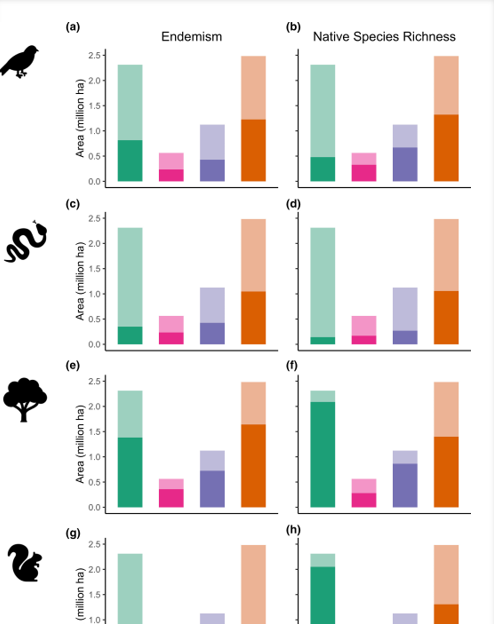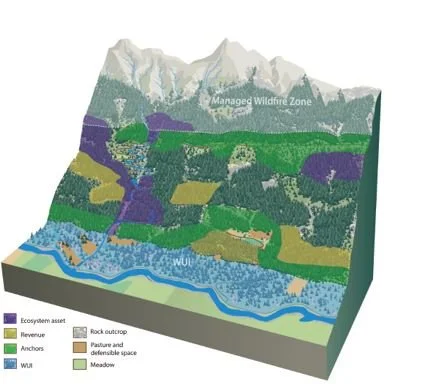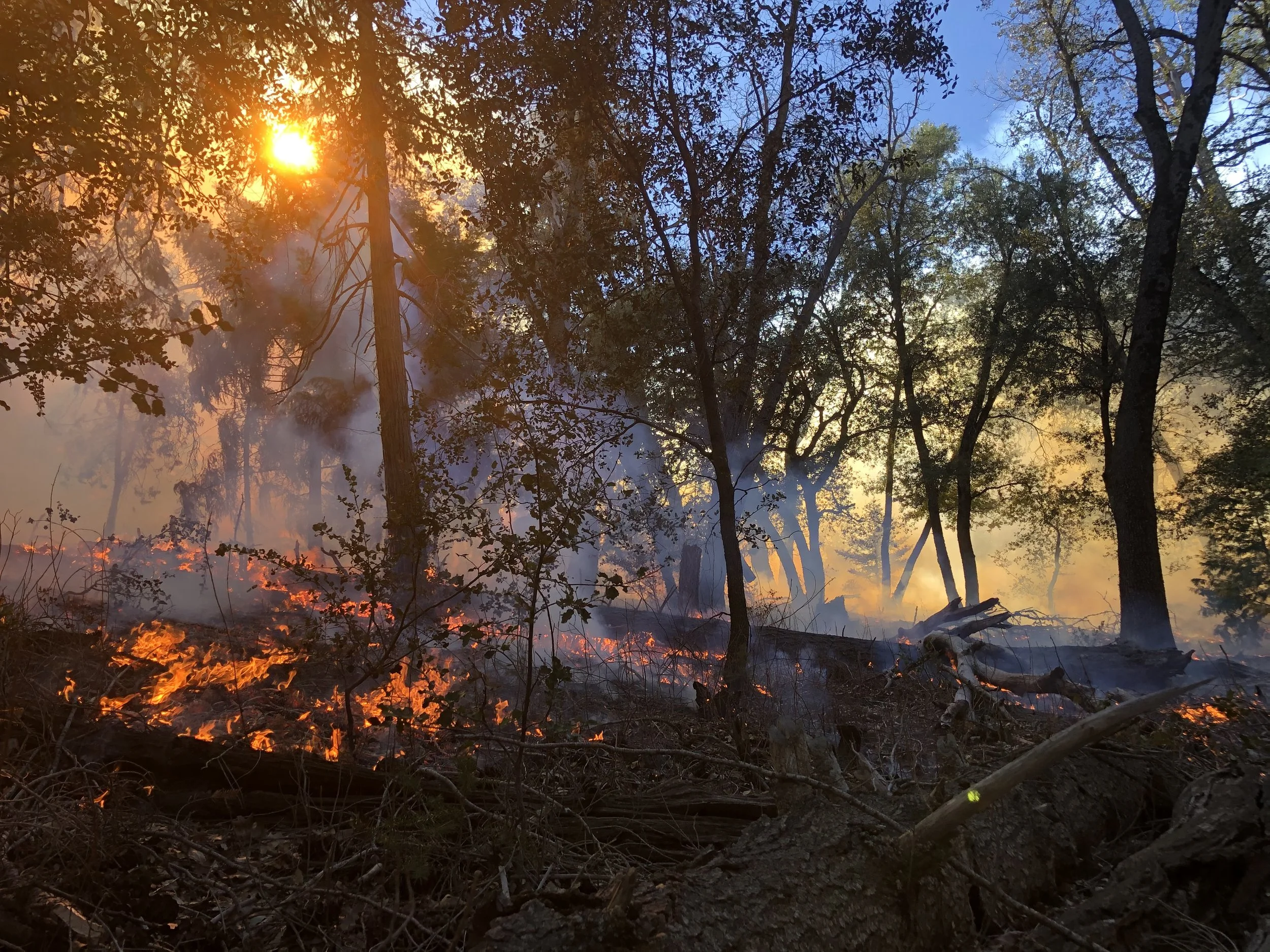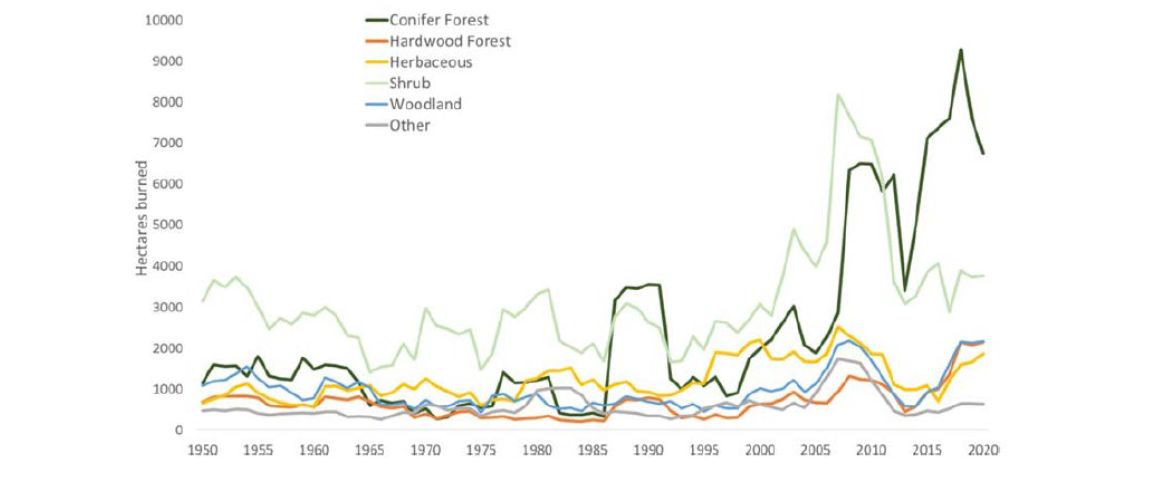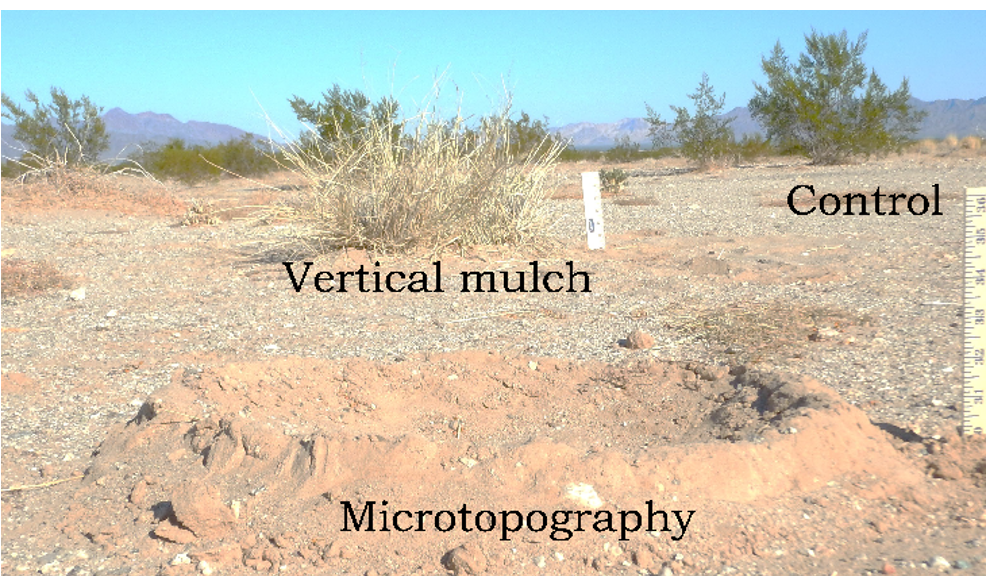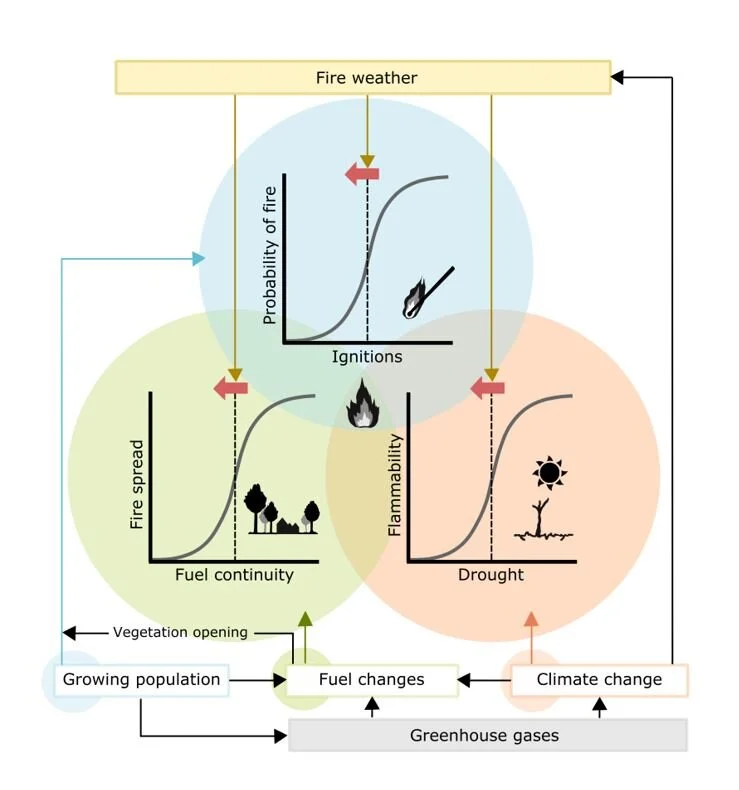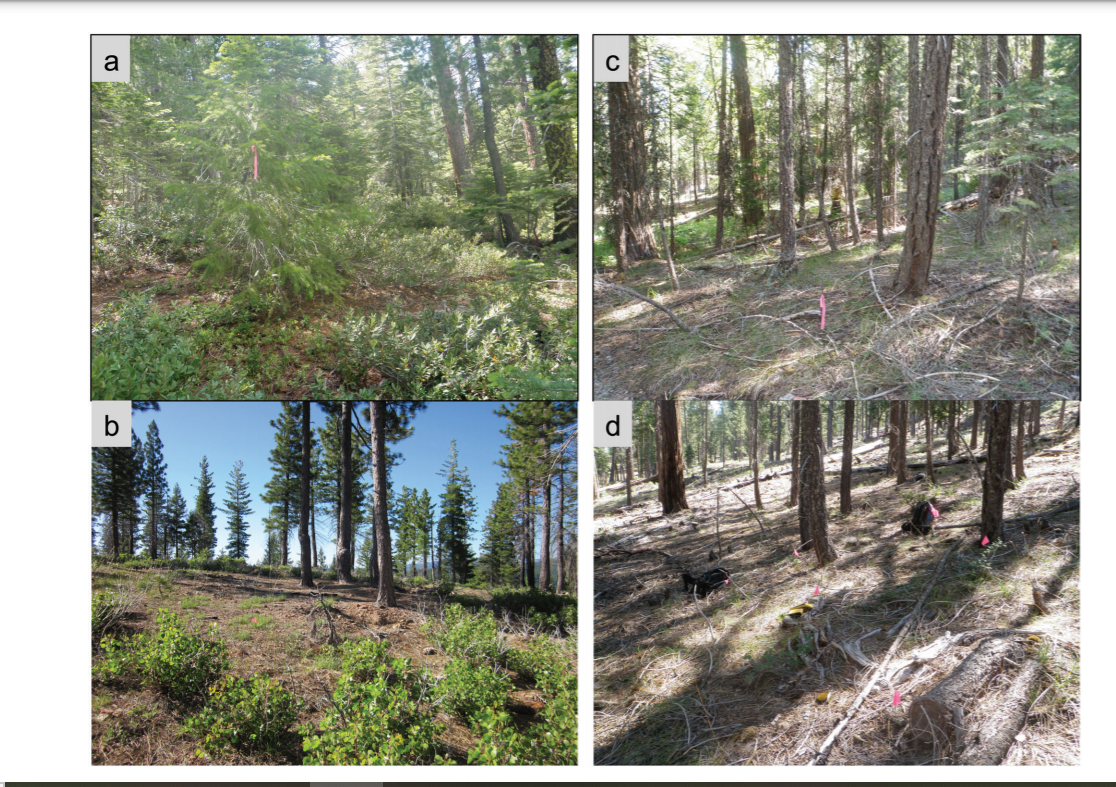California wildland fires burning mostly in non-forests: Research Brief
/Wildfires in California burn across a broad diversity of land cover types with different implications for each unique ecosystem. This paper shows that most of California’s recent wildfires burn outside of forests and forest management is just one piece of a very large, very nuanced problem.
Read More
